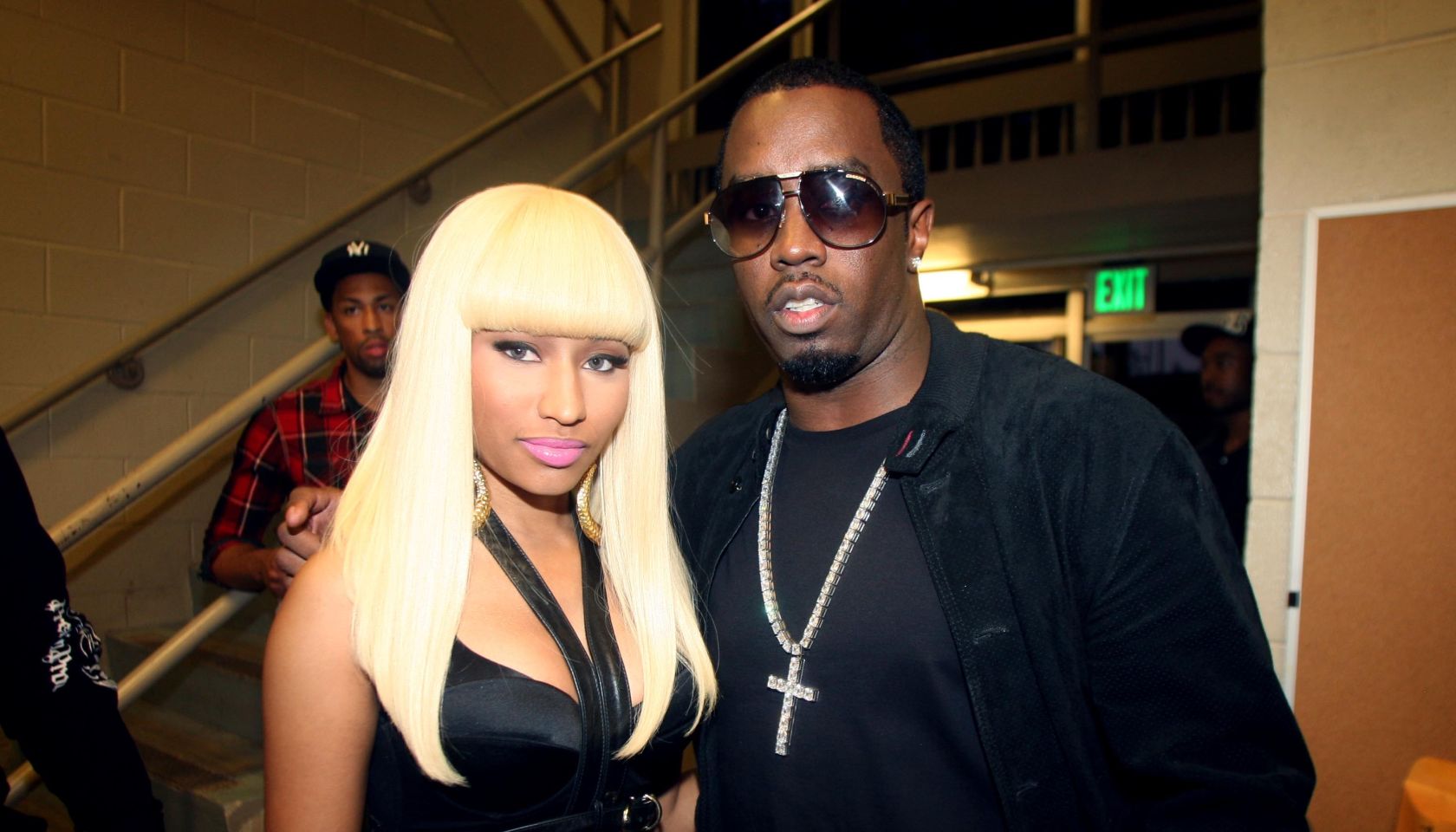OPINION: Sexism, Misogyny And Sarah Palin
Much of the election news cycle these past few days has been devoted to wardrobe issues, specifically, the amount of money that the Republican National Committee has spent on clothes and makeup for the Vice-Presidential candidate, Sarah Palin. In addition, questions have arisen regarding Palin’s use of Alaska state funds for travel with her family, travel that may not be related to her official duties as Governor.
That many cable news networks felt compelled to devote air time to speculation about the cost of Palin’s wardrobe and her family’s travel itinerary is the by-product 24-hour news programming. This incessant need to fill every hour with content, no matter how trivial, contributes to the dumbing-down of an American electorate salivating for information. But there’s something more troubling at play here, an issue that has everything to do with the brave new world that Sarah Palin and Hillary Clinton have ushered in.
Senator Hillary Clinton and Governor Sarah Palin share very little ideologically or politically, but during the 2008 election cycle, they will be forever linked by the palpable sexism that has accompanied mainstream media coverage of their campaigns. Frenzy over the cost of Palin’s RNC sponsored wardrobe is not unlike the mocking of Clinton’s pantsuits. In a society largely concerned with the physical attractiveness of women, it’s not surprising that women politicians with national constituencies would also be subject to beauty contest standards, even by so-called respectable journalists. Indeed, the lack of mainstream commentary about the not-so-hushed descriptions of Palin as a “MILF” and Clinton’s lack of so-called MILF appeal speaks to how insulated many of us are to how these dynamics function in media coverage.
In contrast, little has been made of the finely tailored suits worn by the three men running for national office. But that’s to be expected in a culture less interested in what our male leaders wear-the concerns about the cost of John Edwards’s haircuts notwithstanding-and more concerned with their performances of power, competency and authority.
Sadly, such standards are rarely applied to women politicians. However, if any of the current male candidates were novices to the national political stage, both the RNC and the DNC will have doled out significant cash to upgrade their wardrobes, and few people would think twice about what is essentially no different than the clothing allowances offered by many employers.
The current investigation of Palin’s use of state funds for family travel highlights another aspect of the mainstream media’s lack of sensitivity toward women politicians. Palin is one of first women to run for national office with young children (as is the case with Green Party Vice-Presidential candidate Rosa Clemente). In America, where the role of women as nurturers and caretakers prevails, there are going to be obvious occasions where such women will have to balance the demands of traditional parenting with their official responsibilities.
Indeed women politicians carry the added burden of being judged not just for their political effectiveness, but also for their fitness as mothers. Male politicians rarely face the same litmus test.
Gary Younge made this point The Nation months ago, when he wrote: “Speculation as to how Palin could possibly balance her responsibilities as a mother of five with the vice presidency or whether her daughter ‘strayed’ because her mother was too preoccupied with work is inappropriate and offensive. McCain has seven children-two of whom are older than Sarah Palin-and those questions are never asked about him.”
Like Geraldine Ferraro, who was the Democratic candidate for Vice President twenty-four years ago, Sarah Palin’s ascendance onto the national stage, coupled with Hillary Clinton’s success in the Democratic primaries, have forever changed the role of gender in national politics. For many progressives, there are legitimate reasons to question Sarah Palin’s fitness as Vice President; let’s not let sexism and misogyny undermine our legitimate ideological differences with her.















